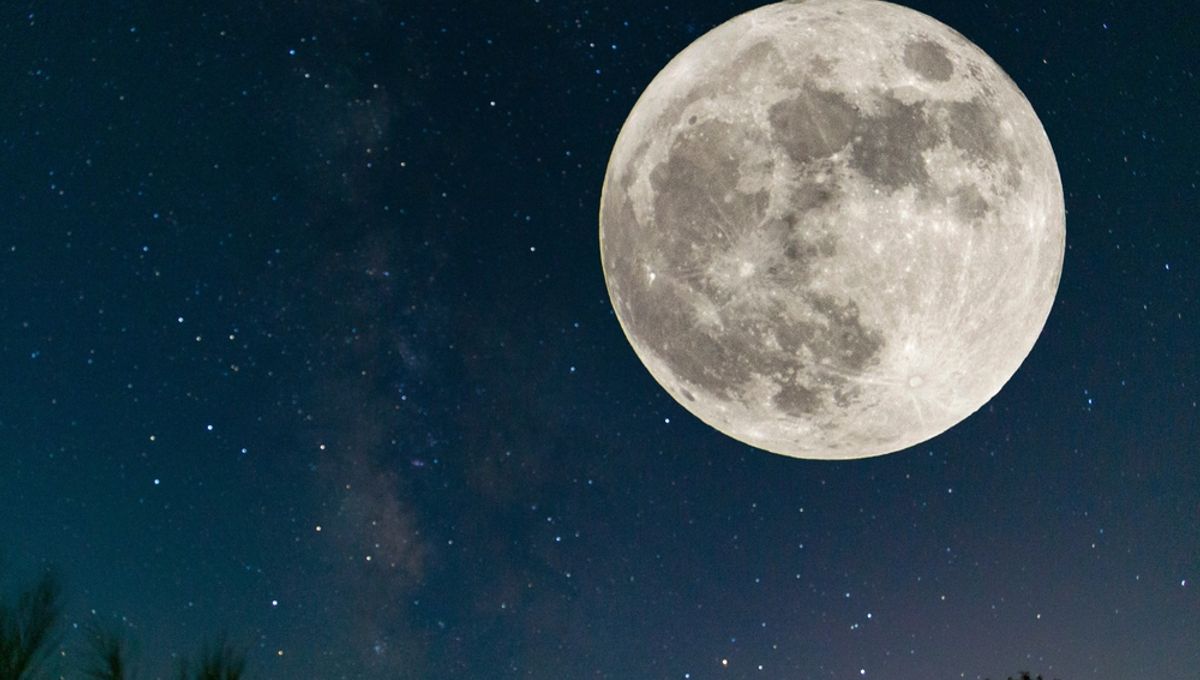Attention all lunar lovers! Get ready for an extraordinary event this month. The highly anticipated Blue Moon of 2023 is set to rise, and it promises to be the most magnificent and dazzling Moon of the entire year.
What Makes a Blue Supermoon?
The labels we assign to the Full Moon may not hold much astronomical significance, but they have always intrigued us. The Moon’s orbit is almost regular, with typically 12 Full Moons in a year. However, every so often, we get a 13th Full Moon, known as the Blue Moon. The question is, which of the 13 Full Moons is the Blue Moon? The original definition, found in the 1937 edition of the Maine Farmer’s Almanac, referred to it as the third Full Moon in a season with four. However, this definition doesn’t apply to 2023, as each season this year has three Full Moons.
Another popular definition emerged from a misunderstanding of the Almanac reference. In a 1946 edition of the American magazine Sky and Telescope, J.H. Pruitt mistakenly identified the second Full Moon in a calendar month as the Blue Moon.
If these definitions seem a bit vague, let’s delve into the concept of Supermoon and its counterpart, Micromoon. Due to the Moon’s slightly elliptical orbit, it passes through its closest point to Earth, known as perigee, and its farthest point, known as apogee.
The average distance between the Earth and the Moon is 384,400 kilometers (238,900 miles), but it can vary by tens of thousands of kilometers. Although the difference may not be easily noticeable, the Moon appears larger and brighter when it’s near its perigee, hence the term Supermoon.
Typically, there are three or four Supermoons in a year, occurring consecutively. However, the lack of a formal definition leads to some variation. Astrophysicist Fred Espenak defined a Supermoon as a Full Moon that happens when the Moon is within 90 percent of its closest approach to Earth.
On August 30, get ready for the spectacular Blue Supermoon, which will be approximately 357,344 kilometers (222,043 miles) away from Earth. If you want to capture this breathtaking sight with your smartphone, check out these helpful tips and tricks.
If the weather doesn’t cooperate and you’re unable to witness this celestial marvel in person, fear not! Our friends at the Virtual Telescope Project have got you covered with a live online broadcast.








